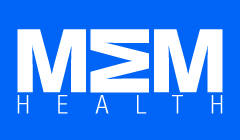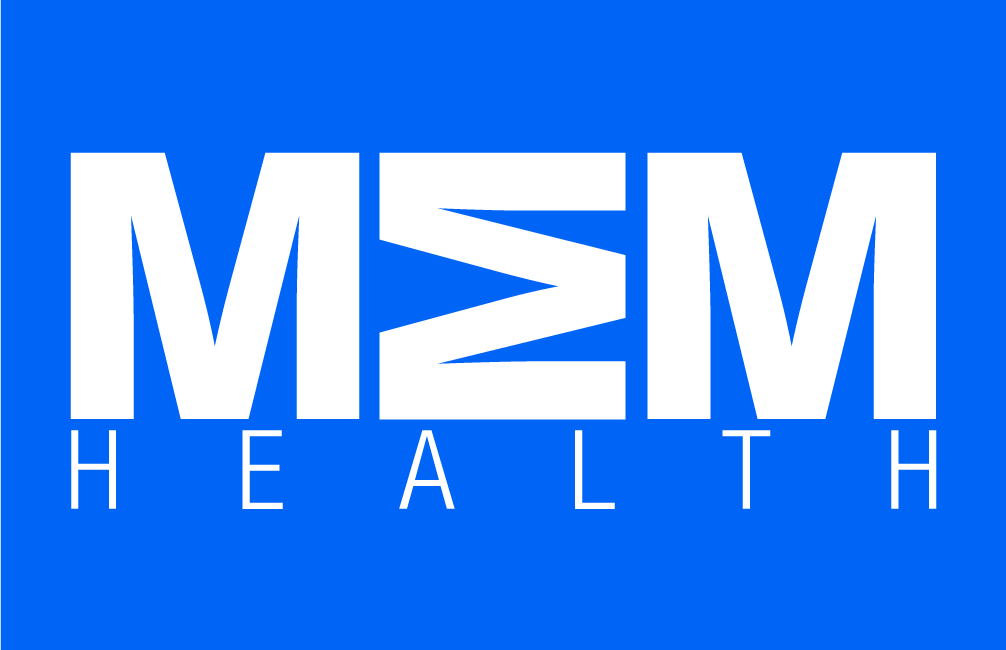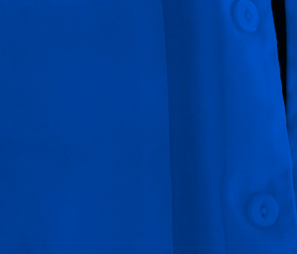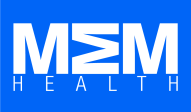Designing the Future of Healthcare – the Benefits of Hygienic DESIGN Components : Marcus Schneck, CEO at standard component specialist norelem, explores the importance of using hygienically designed components within the healthcare industry.
Principles of hygienic design
The European Hygienic Engineering and Design Group (EHEDG) has identified a set of criteria that focuses on principles, including ease of cleaning, prevention of the growth of microorganisms and the prevention of infestation, foreign particulate and chemical contamination.
Ultimately, the key objective of Hygienic DESIGN is to avoid product contamination by microorganisms, particles and chemicals.
What does hygienic design look like in practice?
To meet regulations governing Hygienic DESIGN, operating parts are often manufactured from stainless steel, with smooth surfaces that ensure germs, product residues and dirt are easily cleaned off. Radii, transitions and chamfers must also be designed without sharp corners, to enable thorough cleaning.
When materials matter: When manufacturing equipment for the healthcare industry, stainless steel is undoubtedly the material of choice. To meet these criteria, the surface of norelem’s screws and nuts are polished to a roughness of Ra 0.8 – removing any peaks and troughs in the metal that could provide a breeding ground for microorganisms.
Using stainless steel for these products offers durability, resistance to corrosion, and tolerance to extremes of temperature.
Avoiding dead areas, traps and crevices: To meet hygienic design criteria, products must be designed to be free of small crevices or design features that could provide an area that microorganisms could hide. Products such as norelem’s screws are designed with a polished, convex head, with no embossing or design features that could harbour bacteria, while the company’s range of adjustable machine feet features double sealing of the thread, and special seals on the spindle joint of the adjustable foot, ensuring no germ-trap areas and easy cleaning.
Withstanding heavy washdown and harsh chemicals: Components must be able to withstand the harsh combination of water, chemicals, high pressures and temperatures used.
Checking the IP rating of the product or component can help to verify that it is built to withstand water and dust ingress. norelem’s quarter-turn locks with T-handles, for example, comply with DIN EN 1672-2: 2009 (Hygiene Machinery Ordinance) thanks to the mirror-polished stainless steel surface and the easy to clean handle design, which is made to ensure that cleaning agents and liquids can run off the equipment, preventing pooling that can lead to contamination.
The benefits of hygienic design
As well as improved product quality, one of the key benefits of Hygienic DESIGN is process efficiency. By using products that are designed without the intricacies, notches and cavities that can harbour bacteria and foreign bodies, or which have surfaces designed to slough off water and chemicals, cleaning processes and routine maintenance can be optimised – saving time and money.
_____
For more information about norelem’s range of Hygienic DESIGN products – including screws and nuts, levelling feet, quarter-turn locks and cable fasteners – visit www.norelem.co.uk
Manufacturing & Engineering Magazine | The Home of Manufacturing Industry News
















